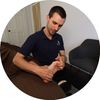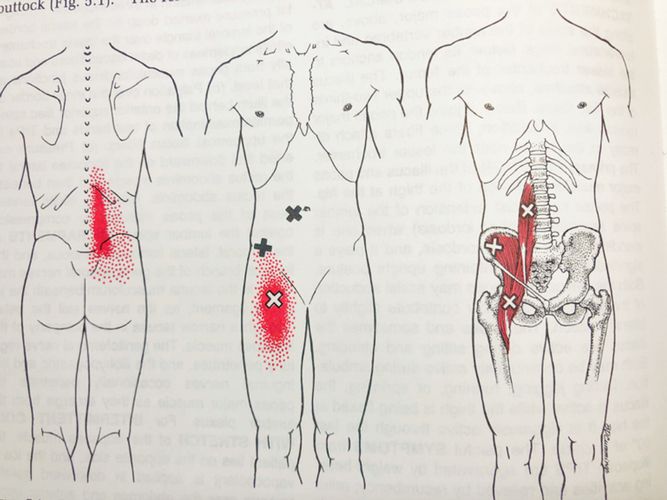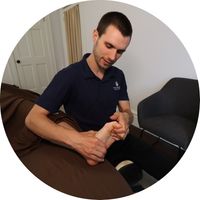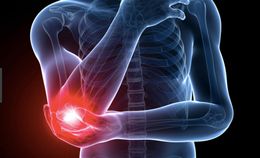Last week I had a client come into my office for chronic lower back pain.
“How long has this been going on for?” I asked
“10 years, on and off.”
“Is it preventing you from doing anything?”
“It bothers me so much I can’t sleep.”
After 1, 50 minute session the client texts me two days later: “It’s 80% better!”
I read a lot of message boards in which people are asking what is causing their lower back pain. They want a specific diagnosis so they can find someone who can treat “what they have” and it can “be fixed.” I certainly understand this approach, it’s a valuable model for dealing with many of life’s dilemmas, however, when it comes to the body, the truth is back pain is not that simple, and not that easy to diagnose. The silver lining – sometimes lower back pain can be addressed and resolved, fast!
Lower back pain can have many contributors. The purpose of this article it to discuss one of the common contributors, the psoas muscle.
The psoas muscle is a deep muscle in the abdomen. It originates at the lumbar spine and inserts onto the leg bone (femur). This is a muscle that is constantly engaged during locomotion as a stabilizer and also as a hip flexor.
The purpose of this article is to be helpful to the public, which means it also needs to be easy to understand. Here are some simplified explanations for how the psoas can contribute to lower back pain:
- Trigger points. A trigger point is a tight area in a muscle that can refer pain elsewhere. Sometimes the area where pain is felt is a referral of a tight area nearby. What is the trigger point referral pain area for the psoas? Up and down the lower back, in close to the spine.
- Adhesions limiting hip extension. If the psoas is chronically tight from years of over overuse and sitting at a desk for long hours, adhesions are likely to develop. Since the psoas is a hip flexor (think brings your knee up in front of you), a tight psoas will prevent your leg from being able to move freely behind you during gait. When this happens, the lumbar spine needs to become more involved to compensate for the lack of hip extension. Too much lumbar = lower back overuse.
- Adhesions jamming lower back facet joints. Facet joints are joints of the spine. Do you have specific sharp pain in your lower back? It’s probably a facet joint that isn’t happy. Since the psoas influences the spine, a tight psoas can pull on the spine, jamming the facet joints in the back (indirectly).
- Iliosacral and sacroiliac fixations. Woof! Lots of big words there. The pelvis has three large bones, two flat hip bones in which between rests a triangular sacrum. The space between the hip bones and sacrum on either side make up the sacroiliac joints. Guess what muscle crosses this joint that can cause restrictions? You guessed it, the psoas.
This list is by no means exhaustive, but hopefully by the end of this article you know a little bit more about the body. The point I’m trying to drive home is that the psoas is often a culprit in lower back pain, and tissue work on the psoas can make a big difference in someone’s life fast. Does that mean I expect you to get massively better after 1 session like MR. 80%? Absolutely not. It could happen, and I love it when I can take someone out of pain and help him or her that quickly. My recommendation is always to plan to come into my office for a series of 6 sessions and then evaluate our progress from there. If you’ve been in pain a long time and it’s not getting better, it’s time to get treatment. If you’ve been to the chiropractor 20 times for adjustments and the relief isn’t lasting, it’s time to try something different. I don’t promise miracles, but I promise my best effort to get you better. I do this work because I’ve seen it help so many people.
Ben Beeler
CMT, NKT, SFMA













